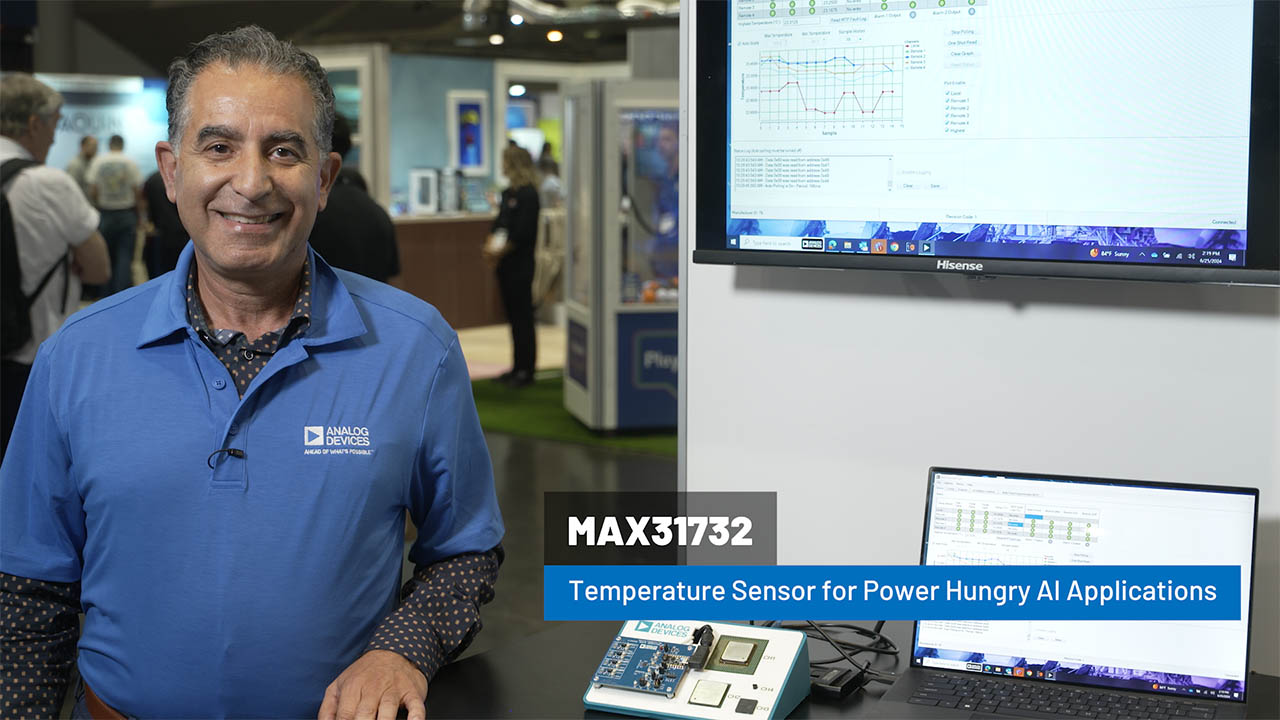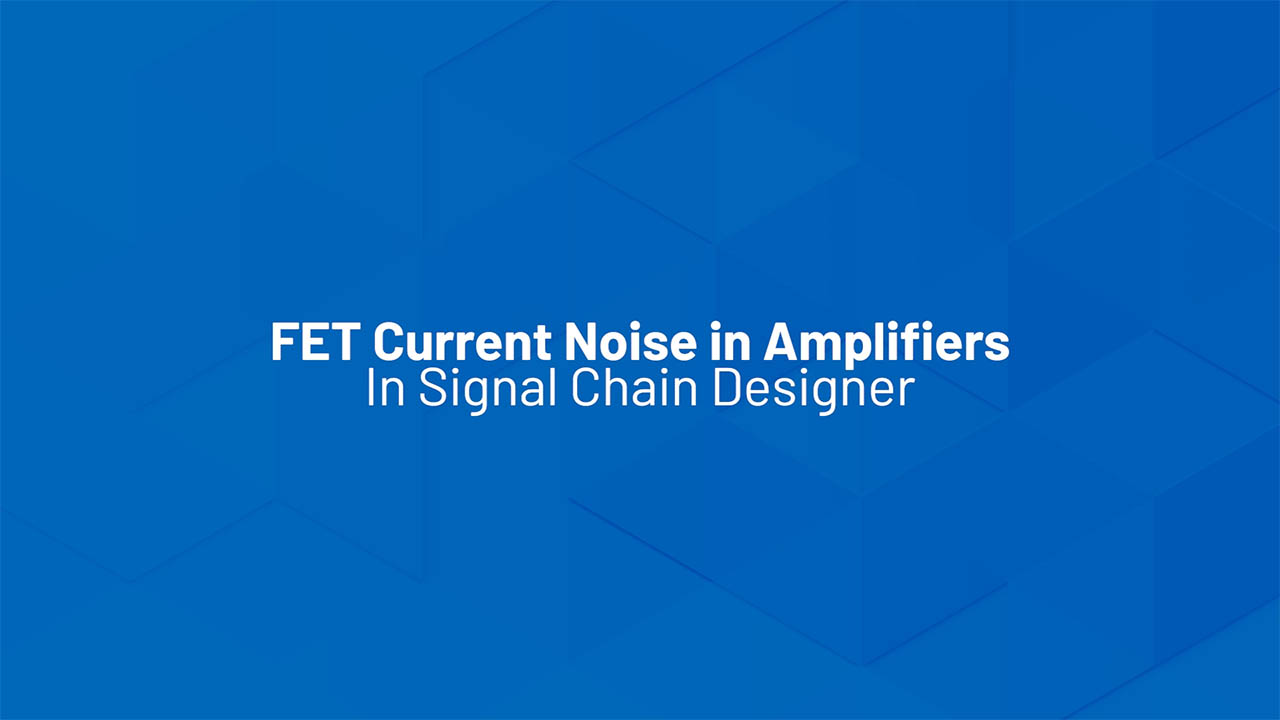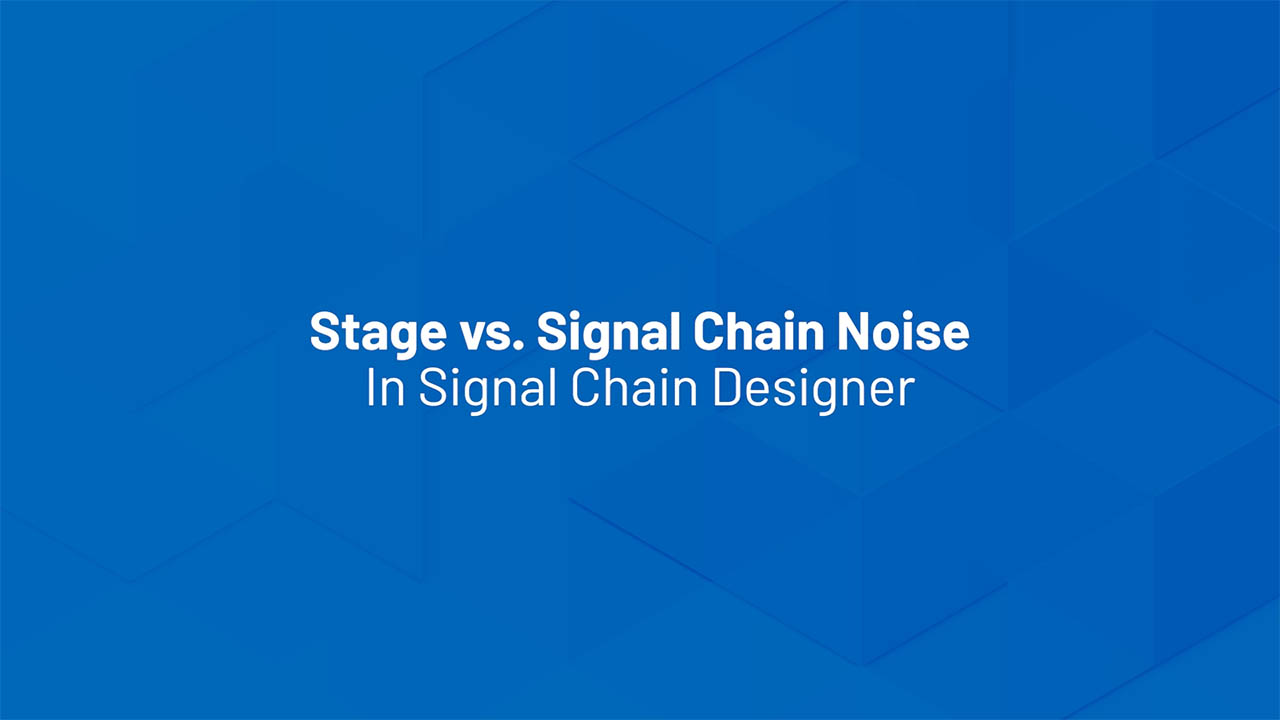Make Wearable and IoT Audio Effortless with a Plug'n'Play Class D Amplifier
要約
A power-hungry display is not the most efficient medium for interfacing with battery-powered portable, wearable, and IoT devices. For this reason, low-power audio is fast becoming a more popular alternative. In this design solution, we review the class D digital audio amplifier and discuss the constraints of some current solutions before presenting a cleverly packaged IC which requires minimal configuration to quickly bring high-quality audio to these applications.
Introduction
“Video Killed the Radio Star”—the 1979 hit record by The Buggles was written about the demise of audio entertainment, then provided on wireless AM/FM radio receivers (Figure 1), just as video (in the guise of TV) came into its ascendancy. Back then, the band could never have imagined a world where portable electronic equipment would allow us to instantly stream our choice of any film ever made or let us record our daily lives in near film-studio quality video. However, high-quality video is best appreciated when accompanied by equally high-quality audio and it could be argued that in the intervening years, the user audio experience has been unforgivably neglected. It has become the “poor relation” of the myriad sophisticated features available on portable electronic equipment such as wearables, AR/VR, and compact IoT products. Users have become conditioned not to have high expectations of the audio coming from these devices. “After all, it’s just a mobile,” is an oft-repeated mantra which has become all too familiar.
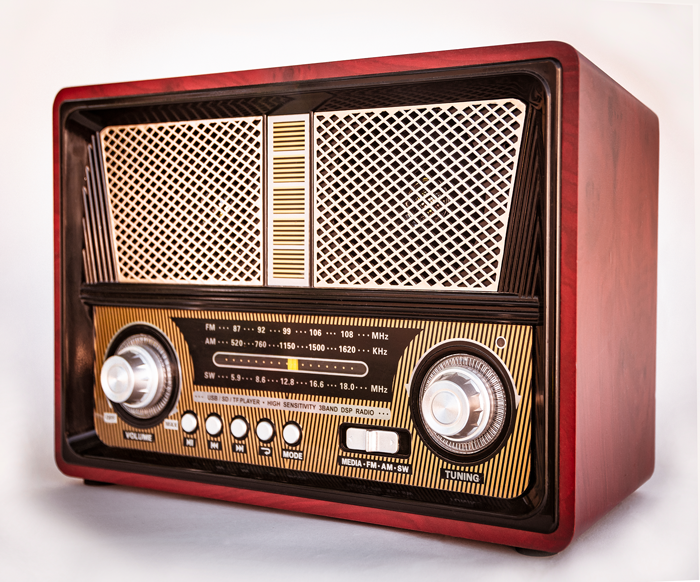
Figure 1. Wireless radio receiver.
However, as wearables and IoT devices proliferate, a welcome change is happening. Users and designers alike realize that a large, power-hungry screen is not a suitable interface for battery-powered mobile devices. For this reason, speech and audio are quickly becoming the preferred medium to control and receive information from these devices. Users are also demanding a better audio experience than has been provided up to now. Yes, it is easy for designers to blame the tight form factors of portable devices that place limitations on speaker size. However, in many instances, it is not the speaker that causes poor audio quality, rather the amplifier driving it. In this design solution, we examine some of the difficulties of integrating and configuring many digital class D amplifiers for use in portable electronic equipment. We then present a tiny, low-power, class D digital audio amplifier that can be integrated seamlessly to provide users with an unsurpassed sensory experience, and in so doing, justifies the audio renaissance that has seen it become the medium of choice for interfacing with portable electronics.
Digital Class D Amplifiers
Due to its high efficiency and excellent EMI performance, the filterless, digital-input class D amplifier has become the accepted norm for driving speakers in consumer electronic equipment. This is because they are immune to the board design issues associated with their analog counterparts, most specifically signal integrity. Single-channel digital class D amplifiers can be placed at remote locations on a board to minimize the routing of high-current battery and speaker load connections. These amplifiers do not need the DAC and line driver required by analog-input class D designs. Thus, space and system costs drop, and designs become simpler. Many class D amplifiers accept pulse-code modulated (PCM) or I2S data which requires three wires: BCLK, LRCLK, and DIN (Figure 2). The PCM data format does not require a modulator or up-sampling of the data on the application processor to provide stereo data.
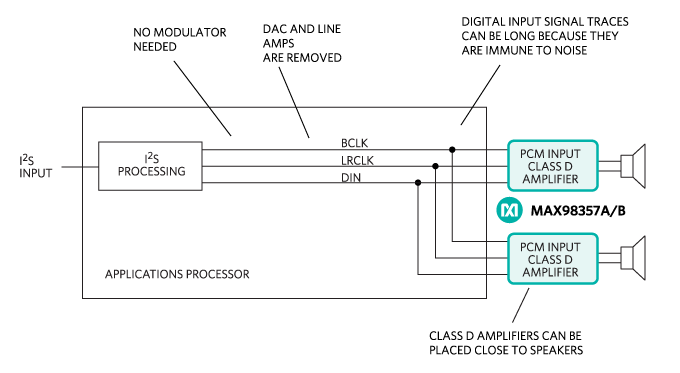
Figure 2. PCM-input class D using three wires.
However, there are shortcomings associated with some traditional implementations of digital-input amplifiers. One such limitation is the need for a separate, clean master clock (MCLK) to derive a jitter-free sampling clock. Other amplifiers offer adjustable sample rate and/or bit depth, but this can require complex programming. Also, most digital-input amplifiers require two supply voltages—a low digital-supply voltage (1.8V) and a high speaker-supply voltage (2.5V to 5.5V). Another concern associated with their use is EMI. For high-quality audio applications, many class D amplifiers require additional filtering to limit the impact of EMI, further increasing board size/cost. When choosing an amplifer for connection to a haptic driver, a fast turn-on time (less than a few milliseconds) is important, otherwise the part must remain permanently powered-up, causing the battery of the portable device to drain even more quickly.
Simpler and Smaller
The IC shown in Figure 3 addresses all aspects of these design issues with the added advantages of providing a much simpler, smaller, and lower power solution.
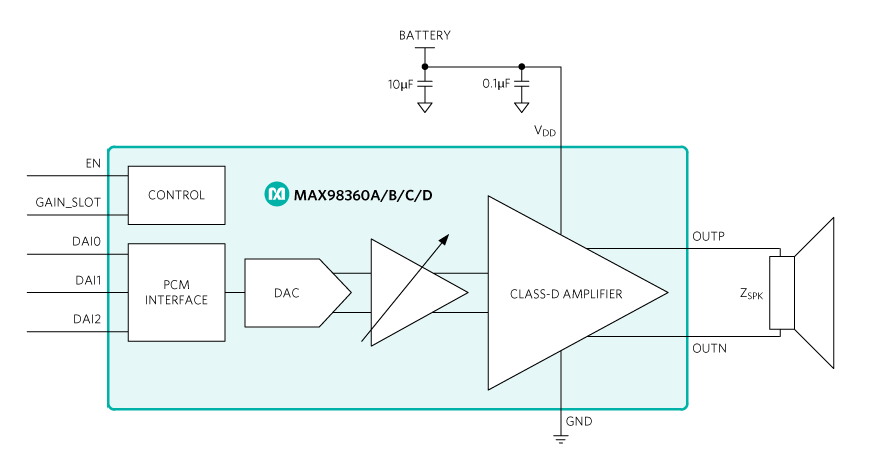
Figure 3. MAX98360 digital class D amplifier.
Unlike older class D amplifiers, this IC uses automatic sample rate and bit depth configuration, eliminating the need for complicated programming and providing a simple, effective “plug ’n’ play” audio solution. It has a flexible audio interface, supporting I2S, left-justified, and 8-channel time division multiplexed (TDM) data formats. It accepts 8kHz, 16kHz, 32kHz, 44.1kHz, 48kHz, 88.2kHz, and 96kHz sample rates and data words can be 16-bit, 24-bit, or 32-bit in I2S and left-justified modes and 16-bit or 32-bit in TDM mode. High-quality audio is guaranteed by its 10µVRMS output noise, 80dB PSRR and 110dB dynamic range specifications, which are especially important specifications for devices where the speaker is close to the ear (AR/VR and wearables for example) and for devices that are used in a quiet environment (sleep-aid devices).
This amplifier confers several power advantages over other class D amplifiers. It can operate using only one supply voltage (2.5V to 5.5V). It can accept input logic voltage levels down to 1.2V (meaning level shifters are not required), but it is robust enough to tolerate input voltages up to 5.5V. It also operates at up to 92% efficiency, reducing battery drain.
Another beneficial feature is that if the DAIn pins are held low, the IC automatically enters an ultra-low-power mode, in which it draws a tiny standby current of 1.5µA. This drastically reduces power consumption and is extremely beneficial in applications where there is no host GPIO available to control the EN pin. However, it is important to note that the EN pin can be used to achieve additional power savings by placing the IC in a shutdown mode, in which it consumes only 15nA of current.
Conveniently, it also has a very fast 1ms turn-on time (4x faster than similar class D amplifiers), which allows it to wait in the ultra-low power 1.5µA standby mode, even when connected to an LRA haptic driver.
This IC has some other notable benefits that help to minimize board size/cost. Firstly, it is available in a tiny 1.9mm2 9-pin WLP with a clever pin layout designed to eliminate the need for costly board vias. As shown in Figure 4, the GAIN_SLOT pin (located in the center of the package) can be conveniently connected to VDD or GND (either directly or using resistors) or left unconnected, to provide the I2S/left-justified gain settings shown in Table 1.
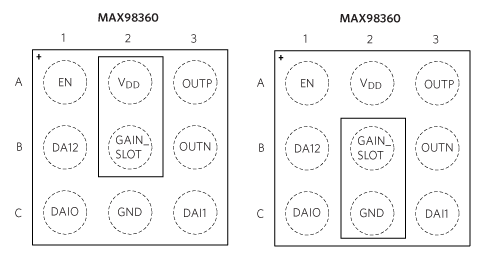
Figure 4. Connecting GAIN_SLOT to VDD or GND for desired gain settings.
| GAIN_SLOT | I2S/LEFT-JUSTIFIED GAIN (dB) |
| Connect to GND | 12 |
| Unconnected | 9 |
| Connect to VDD | 6 |
| Connect to VDD (through 100kO resistor) | 3 |
| Connect to GND (through 100kO resistor) | -3 |
Secondly, this part requires no additional class D filtering to achieve the superior EMI performance shown in Figure 5. Because it requires only a single external bypass capacitor, the overall solution size is a mere 3.69mm2.
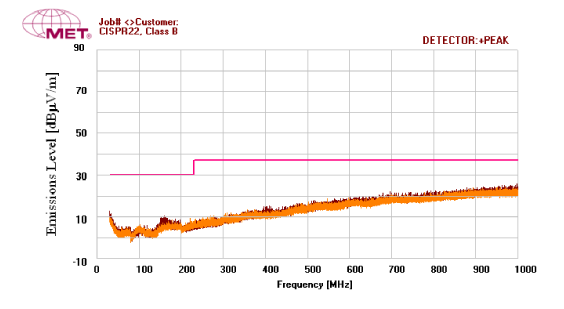
Figure 5. MAX98360 EMI performance using a 12in. stripline load.
Summary
With the audio interface fast becoming a ubiquitous feature of battery-powered wearables, IoT devices, and other types of small portable electronic equipment, designers are looking for simpler and more cost-effective ways to add high-quality audio to their devices. In this design solution, we reviewed the difficulty of integrating some class D amplifiers into space-constrained applications. We can conclude that a new breed of flexible, low-power digital-input class D audio amplifier brings “plug’n’play” simplicity to the task of integrating audio into any type of electronic equipment, making it ideal for portable equipment, wearables, and IoT devices. Apart from being housed in a 9-pin WLP, the MAX98360 is also available in a 10-pin FC2QFN package.
この記事に関して
製品
産業向けソリューション
資料
{{modalTitle}}
{{modalDescription}}
{{dropdownTitle}}
- {{defaultSelectedText}} {{#each projectNames}}
- {{name}} {{/each}} {{#if newProjectText}}
-
{{newProjectText}}
{{/if}}
{{newProjectTitle}}
{{projectNameErrorText}}
